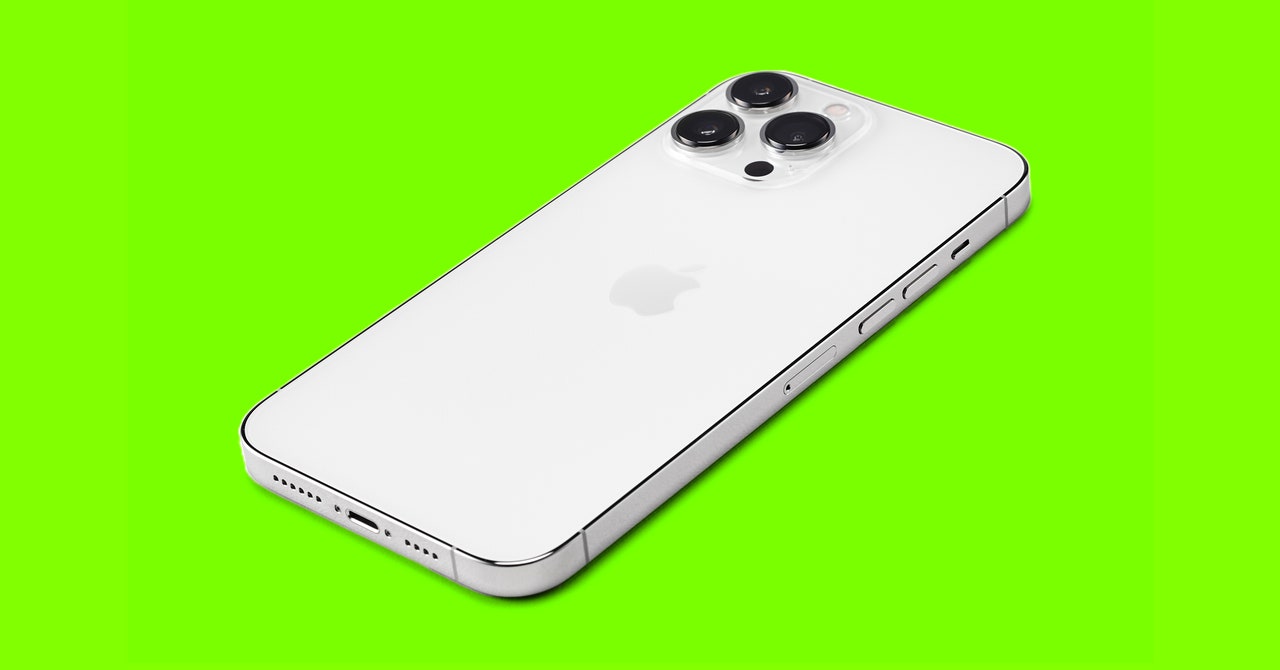Losing all the stuff on your phone was no big deal before the smartphone age. These days, it’s practically a Netflix horror movie plot. Wondering how to switch iPhones or iPads successfully, without losing anything in the process? If you’re looking to upgrade (these are the best iPhones to buy right now), it is possible to do so painlessly. Your photos, contacts, videos, message history, music, calendars, mail accounts, and many of your apps can all be transferred from your previous device to the new one. We’ve outlined the steps below.
Updated September 2022: We tweaked the instructions for the latest version of iOS and added details on eSIM.
Special offer for Gear readers: Get a 1-Year Subscription to WIRED for $5 ($25 off). This includes unlimited access to WIRED.com and our print magazine (if you’d like). Subscriptions help fund the work we do every day.
1. Back Up Your Old iPhone or iPad
First, you need to back up your old device, which can you do via iCloud or your computer. We’ve broken down these steps below.
Using iCloud
Photograph: Apple
Make sure your device is connected to Wi-Fi. Then go into your iPhone or iPad’s settings and click your name at the top, which will take you to your Apple ID page. Depending on which model you have, you will either choose iCloud > iCloud Backup > Back Up Now, or after clicking your Apple ID page, you’ll see a list of devices your ID is signed into. If that’s the case, click on your iPhone or iPad. From there, choose iCloud Backup, toggle it on, click on Back Up Now, and let your device back up while it’s still on Wi-Fi. It might be worth setting your new device to automatically backup daily, but be aware that Apple only lets you store 5 GB for free.
Using a Mac
Plug your iPhone or iPad into your MacBook or iMac and open Finder. On the left, you should see your device come up under Locations. You can go through all your saved data, from music and podcasts to photos and files. If your photos have been saved via iCloud, they won’t show up here unless you turn that feature off. Under the General tab, you can select Back Up Now. To save Health and Activity data, choose the option to encrypt your backup, or else it will not be saved; not saving unencrypted Health and Activity data is a default privacy feature. All iCloud backups are encrypted automatically.
Using a Windows Computer
You’ll need to download iTunes for Windows and plug your iPhone or iPad into your laptop or desktop via USB. Click the iPhone/iPad button at the top left of the iTunes window, then go to Summary > Back Up Now. Encrypt your backup by clicking Encrypt local backup and setting a password. Encrypting allows you to back up your Health and Activity data, as well. To find your backups, click Edit > Preferences > Devices. Apple also goes through the steps here.
2. Swap SIMs or Activate eSIM
Photograph: Apple
Once you’re fully backed up, it’s time to sort your SIM card. If you’re in the US, the iPhone 14 range no longer has a physical SIM card slot, so you have to use eSIM. If you have previously used an eSIM on an iPhone, you can activate it during setup by following the onscreen instructions. If you are switching from an older iPhone using a physical SIM card, then you will be asked about transferring your number as a part of the Quick Start process described below. Apple has full eSIM setup instructions for different scenarios. Just know that once you go from a physical SIM to eSIM, your physical SIM card will no longer work.
To use a physical SIM card with an older iPhone, simply swap the SIM card from your old phone into the iPhone. You can also do this step after setting up your new iPhone, in case you don’t want to miss any calls or messages during the process. Lightly pushing a SIM tool or paperclip into the SIM tray hole will help you open it up. The SIM card has one sloped side, which you can line up on the SIM tray of your new iPhone.
3. Turn On Your New Device
We recommend fully charging both your old device and your new iPhone before you begin, and keep a charger handy just in case. You are ready to turn on the new device. The next part depends on the version of iOS or iPadOS your old device is running.
Note: Before we run through the methods, anyone using the Google Authenticator app (or any other two-factor authenticator app) should be careful not to delete this app on their old iPhone until they have moved their accounts across to the new one or they may lose access. Here are Google’s instructions for transferring Authenticator codes to a new phone.
Image and article originally from www.wired.com. Read the original article here.

